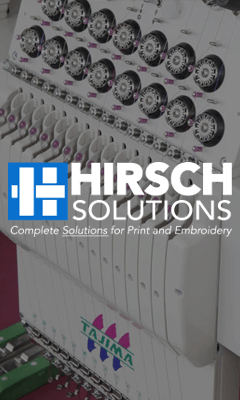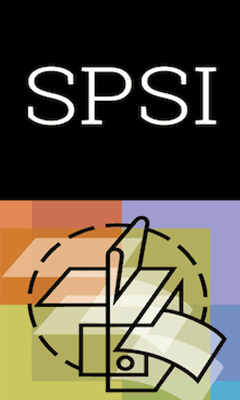Someone was asking me this week about the use of a discharge ink as an underbase.
Discharge ink is an ink that basically neutralizes the dye in a shirt instead of printing over the dye. So with discharge ink you don’t need two prints (usually white and then the color) and so it gets a softer result.
You can also print a discharge underprint which has no hand (very soft) and print regular ink over it. The result is much softer then two prints of plastisol. This is often suggested when bright perfectly matching Pantone colors must be printed on dark shirts (using only discharge would make it difficult to match the PMS colors) or when printing process prints (halftones are nearly impossible to control if printed using discharge inks.) or for trying to get soft results with big areas of color.
If you flash the underprint, you put formaldehyde in the air and your workers will breathe it. This is both unethical and also usually illegal.
Discharge ink works when the catalyst ZFS in the ink, and water, and heat combine to neutralize the dye of the shirt. If this happens in the printer’s oven, the by-products of this reaction go up the dryer vent. One of these by-products of the reaction is formaldehyde.
You can also flash (heat until dry to the touch) the underprint while it is still on the press. This makes the second print work much better. However, this is a problem.
If you flash the underprint, you put formaldehyde in the air and your workers will breathe it. This is the part that can be unethical and possibly illegal.
There are federal laws regulating worker exposure to formaldehyde. You can read them here: Federal Limits for Exposure to Formaldehyde. In fact, you should read them if you are going to use discharge ink.
There are ways to safely use discharge ink for an underprint and flash it, but honestly I don’t see this with my own eyes going on in many shops and neither is it what I hear about being done. You can install some hellacious ventilation system right at your flash unit and around it, or you can use NF (no formaldehyde) discharge ink which IMHO does not work as well as the typical ZFS discharge inks. As for the ventilation, we aren’t talking about opening a window or putting a box fan by the press, we are talking a hood of some type that really captures all the fumes coming off the flashed shirt. I don’t hear about the hoods or the NF, I hear about just running the discharge and flashing it into the shop. This is wrong.
If you are working at a place that you believe is overexposing you or your fellow workers to formaldehyde fumes, then I would first ask your employer to stop doing it. If that doesn’t work immediately, you can report them to OSHA and legally they can’t fire you. According to OSHA, “No worker should be fired, penalized or discriminated against for voicing workplace safety and health concerns.” Here is more info on workers rights.
Employers, don’ t allow discharge to be flashed in your shop. Employee, don’t put up with it.


Comments